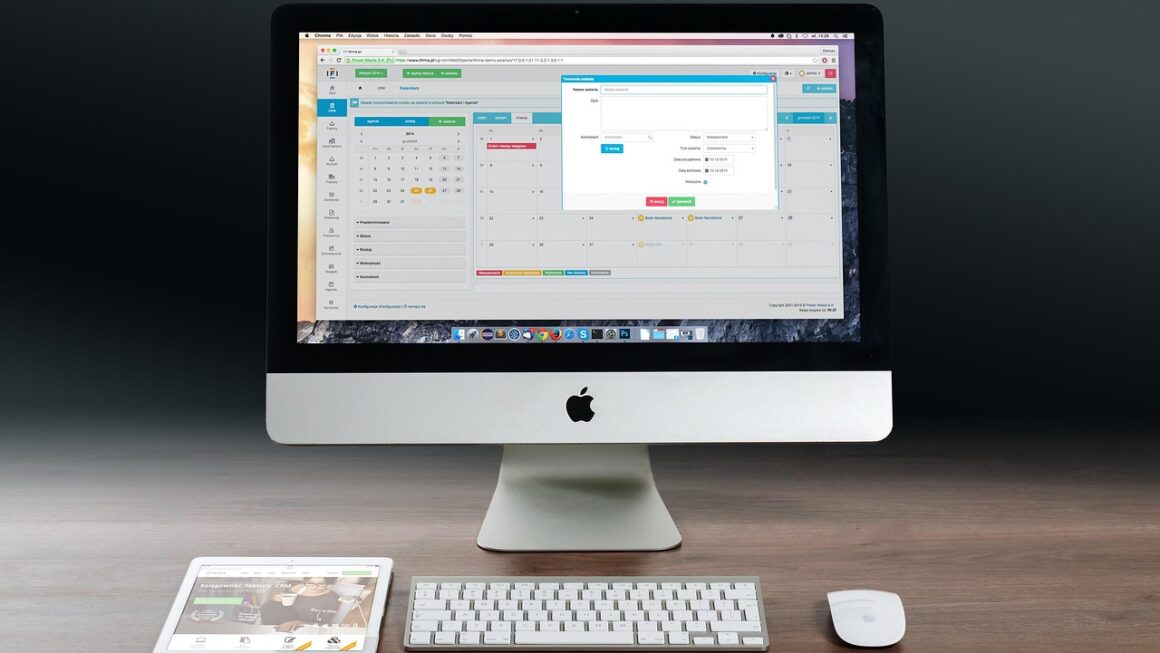Achieving a fulfilling career while still enjoying life outside of work can feel like an impossible juggling act. The ever-blurring lines between professional and personal life, amplified by technology and demanding work cultures, often lead to burnout, stress, and decreased overall well-being. However, work-life balance isn’t a myth; it’s a skill that can be learned and a goal that can be achieved. This guide provides actionable strategies and insights to help you navigate the complexities of modern work and create a more harmonious and balanced life.
Understanding Work-Life Balance
Work-life balance doesn’t mean splitting your time perfectly equally between work and personal life. It’s about creating a sense of equilibrium that allows you to thrive in all aspects of your life. It’s a highly personal concept, varying based on individual priorities, values, and life stages.
Defining Work-Life Balance
- Personal Definition: Take time to define what work-life balance means to you. What are your priorities? What makes you happy and fulfilled outside of work? Knowing this is the first step.
- Holistic Well-being: It encompasses physical, mental, emotional, and social well-being. Neglecting any of these aspects can lead to imbalances and dissatisfaction.
- Flexibility & Adaptability: Balance is not static; it requires constant adjustment and adaptation as your circumstances change. A new job, a growing family, or evolving personal goals will all impact your ideal balance.
Common Misconceptions
- Myth: It’s a 50/50 Split: This is rarely achievable or desirable. Some weeks may require more focus on work, while others may prioritize personal needs.
- Myth: It Means Doing Less Work: Not necessarily. It’s about working smarter, not necessarily less. It’s about being productive during work hours and disconnecting when off the clock.
- Myth: It’s Only for People with Families: Work-life balance is important for everyone, regardless of their family status. Single individuals, students, and retirees can also benefit from prioritizing their well-being.
Setting Boundaries
Establishing clear boundaries between your work and personal life is crucial for preventing burnout and protecting your time and energy.
Time Boundaries
- Designated Work Hours: Establish specific start and end times for your workday and stick to them as consistently as possible. Communicate these hours to your colleagues and clients.
Example: “I’m available from 9 AM to 5 PM. I’ll respond to emails during these hours.”
- No-Work Zones: Designate specific areas or times in your home as “no-work zones” to create a mental separation between work and relaxation.
Example: The bedroom is a sacred space for rest, so avoid working there.
Communication Boundaries
- Email and Notifications: Turn off email and notification alerts outside of work hours. Let people know you will respond during business hours.
Example: Set up an out-of-office auto-reply that clearly states when you’ll be back and who to contact in your absence.
- Saying “No”: Learn to decline requests that will overburden you or encroach on your personal time. It’s okay to say no respectfully and suggest alternative solutions.
- Delegate Tasks: If possible, delegate tasks to colleagues or employees to free up your time and reduce your workload.
Technological Boundaries
- Digital Detox: Schedule regular digital detox periods, such as weekends or evenings, where you disconnect from all electronic devices.
- Separate Devices: Consider using separate devices for work and personal use to avoid the temptation of checking work emails during your free time.
- App Usage Limits: Utilize apps that limit your time on social media or other distracting apps to improve focus and reduce procrastination.
Prioritizing and Time Management
Effective prioritization and time management are essential for maximizing your productivity and freeing up time for personal pursuits.
Identifying Priorities
- Eisenhower Matrix (Urgent/Important): Categorize your tasks based on urgency and importance. Focus on important, non-urgent tasks that contribute to long-term goals.
Quadrant 1 (Urgent & Important): Do these tasks immediately.
Quadrant 2 (Important, Not Urgent): Schedule these tasks for later.
Quadrant 3 (Urgent, Not Important): Delegate these tasks if possible.
* Quadrant 4 (Not Urgent, Not Important): Eliminate these tasks.
- 80/20 Rule (Pareto Principle): Identify the 20% of your tasks that produce 80% of your results and focus your energy on those.
- Personal Values: Align your priorities with your personal values. Make sure your actions reflect what is truly important to you.
Time Management Techniques
- Time Blocking: Schedule specific blocks of time for different activities, including work tasks, personal appointments, and leisure activities.
- Pomodoro Technique: Work in focused 25-minute intervals, followed by a 5-minute break, to maintain concentration and prevent burnout.
- Batching Similar Tasks: Group similar tasks together to minimize context switching and increase efficiency. For example, respond to all emails at once instead of sporadically throughout the day.
- Eliminate Time Wasters: Identify and eliminate activities that drain your time and energy, such as excessive social media use or unproductive meetings.
Tools for Time Management
- Calendars: Google Calendar, Outlook Calendar
- Task Management Apps: Asana, Trello, Todoist
- Note-Taking Apps: Evernote, OneNote
- Time Tracking Apps: Toggl Track, RescueTime
Self-Care Strategies
Prioritizing self-care is not selfish; it’s essential for maintaining your physical, mental, and emotional well-being.
Physical Well-being
- Regular Exercise: Aim for at least 30 minutes of moderate-intensity exercise most days of the week.
- Healthy Diet: Consume a balanced diet rich in fruits, vegetables, and whole grains.
- Adequate Sleep: Aim for 7-8 hours of quality sleep each night. Establish a regular sleep schedule and create a relaxing bedtime routine.
- Hydration: Drink plenty of water throughout the day.
Mental and Emotional Well-being
- Mindfulness and Meditation: Practice mindfulness and meditation to reduce stress and improve focus. Even a few minutes of daily meditation can make a difference.
- Hobbies and Interests: Engage in activities that you enjoy and that bring you joy. Make time for hobbies, creative pursuits, and other personal interests.
- Social Connection: Maintain meaningful relationships with family and friends. Spend time with loved ones and engage in social activities.
- Seek Support: Don’t hesitate to seek professional help if you are struggling with stress, anxiety, or other mental health issues.
Examples of Self-Care Activities
- Reading a book
- Taking a relaxing bath
- Spending time in nature
- Listening to music
- Practicing yoga
- Journaling
- Spending time with pets
Workplace Support and Policies
Creating a supportive work environment and advocating for policies that promote work-life balance are crucial for long-term success.
Open Communication
- Discussing Needs with Management: Communicate your needs and concerns regarding work-life balance with your manager or supervisor. Be proactive in finding solutions that work for both you and the company.
- Seeking Flexible Work Arrangements: Explore flexible work options such as telecommuting, flexible hours, or compressed workweeks.
Company Culture and Policies
- Advocating for Supportive Policies: Advocate for company policies that promote work-life balance, such as paid time off, parental leave, and wellness programs.
- Leading by Example: Demonstrate healthy work-life balance practices and encourage colleagues to do the same.
- Promoting a Culture of Respect: Help create a workplace culture where employees feel valued and supported, and where work-life balance is respected and encouraged.
- Employee Assistance Programs (EAPs): Utilize EAPs if available, as they often offer confidential counseling and resources for employees and their families.
Examples of Supportive Workplace Policies
- Flexible work arrangements (telecommuting, flexible hours)
- Paid time off (vacation, sick leave)
- Parental leave
- Wellness programs (gym memberships, stress management workshops)
- Employee Assistance Programs (EAPs)
Conclusion
Achieving sustainable work-life balance is a continuous journey, not a destination. It requires consistent effort, self-awareness, and a willingness to adapt. By implementing the strategies outlined above, you can create a more fulfilling and balanced life, leading to increased productivity, improved well-being, and greater overall happiness. Remember to prioritize your well-being, set boundaries, manage your time effectively, and seek support when needed. Your commitment to a balanced life will not only benefit you personally but also enhance your professional performance and strengthen your relationships.




